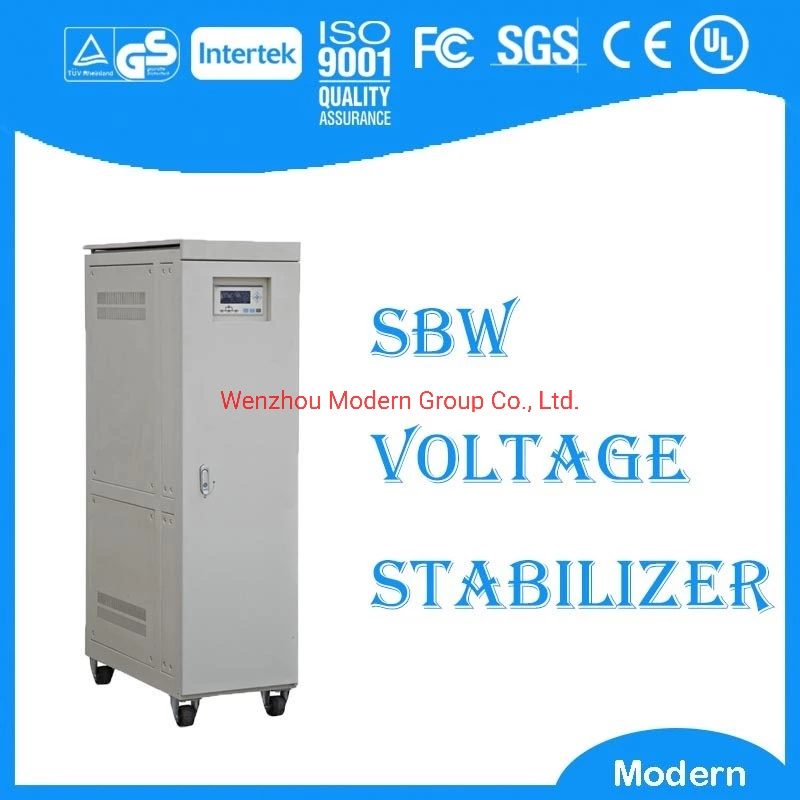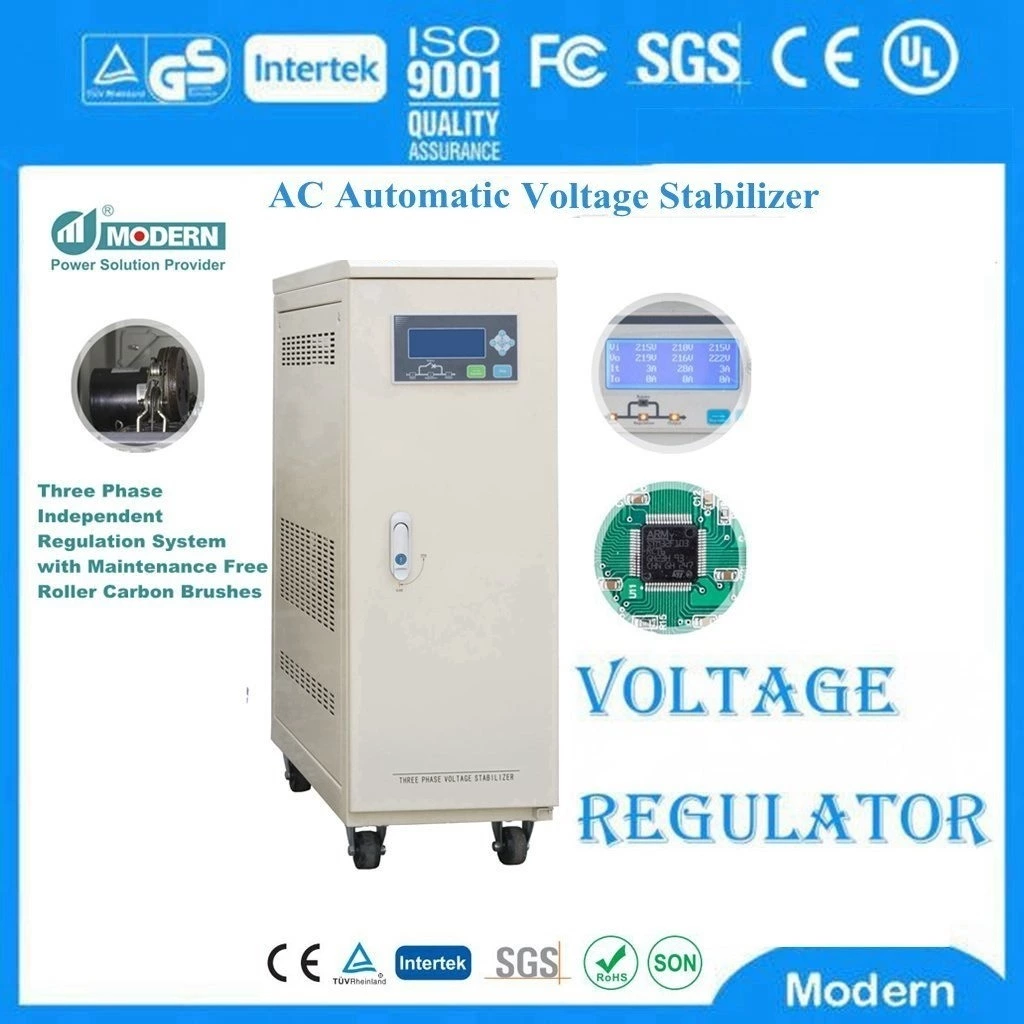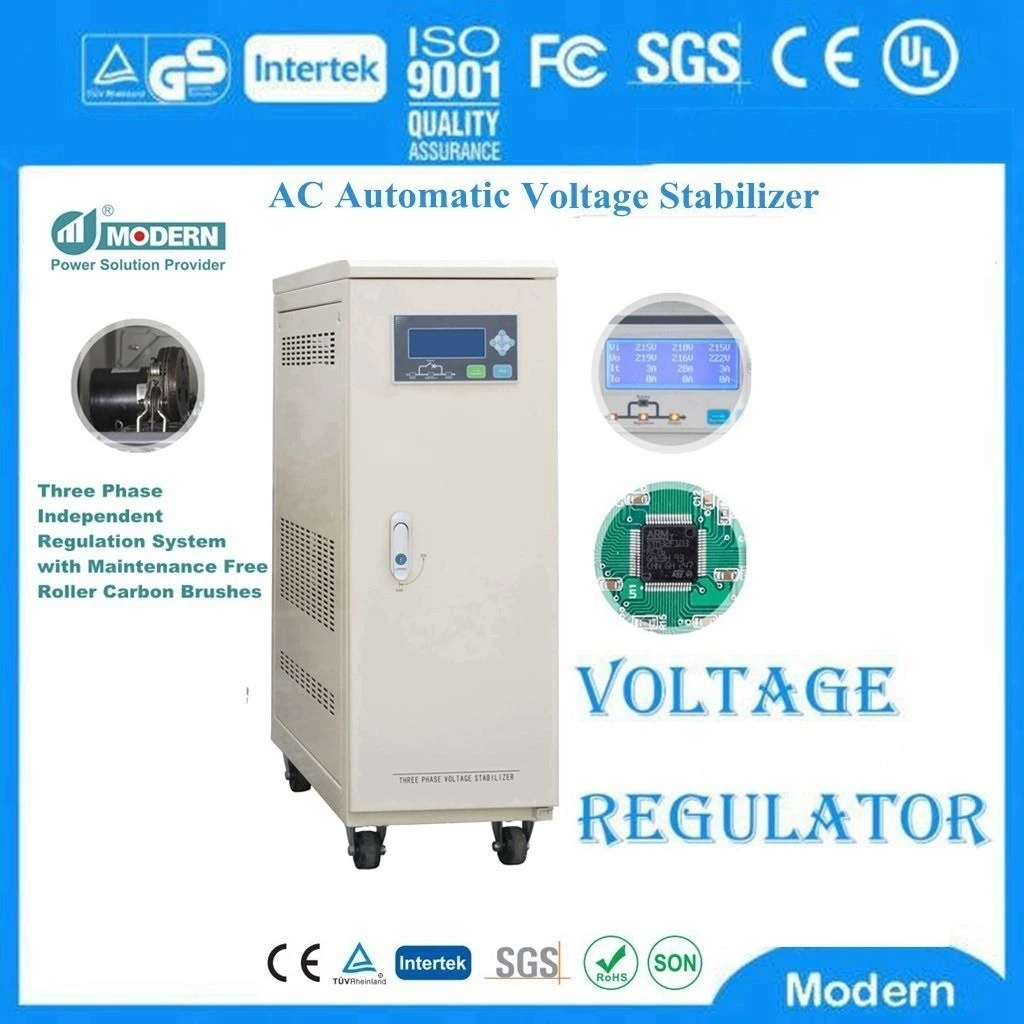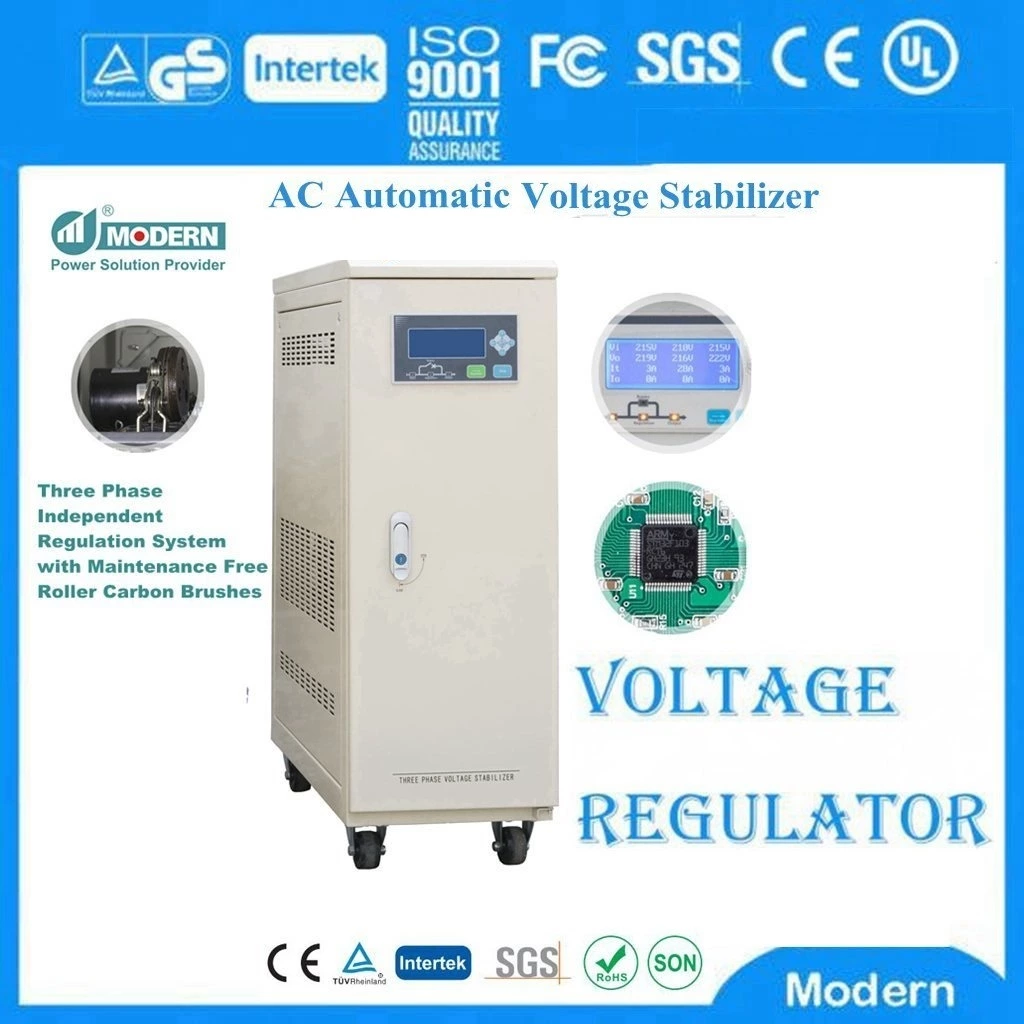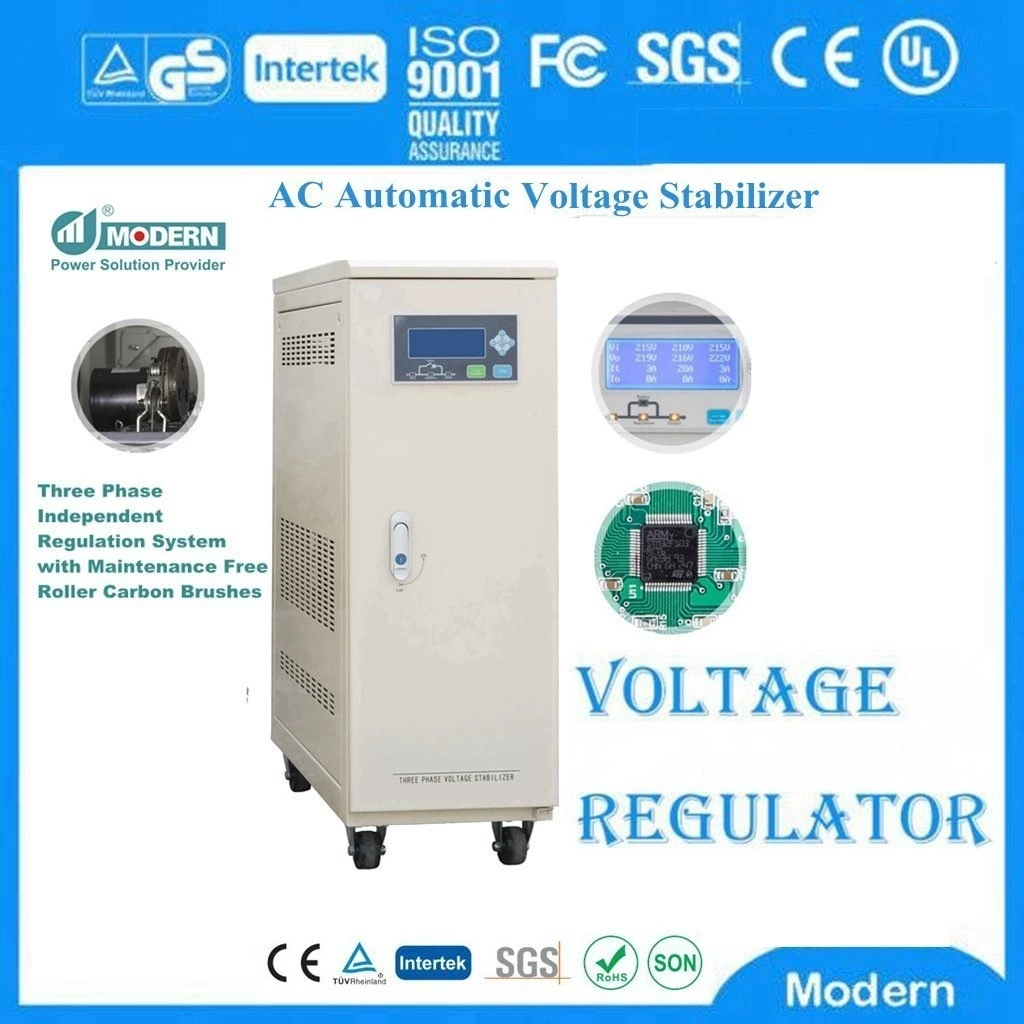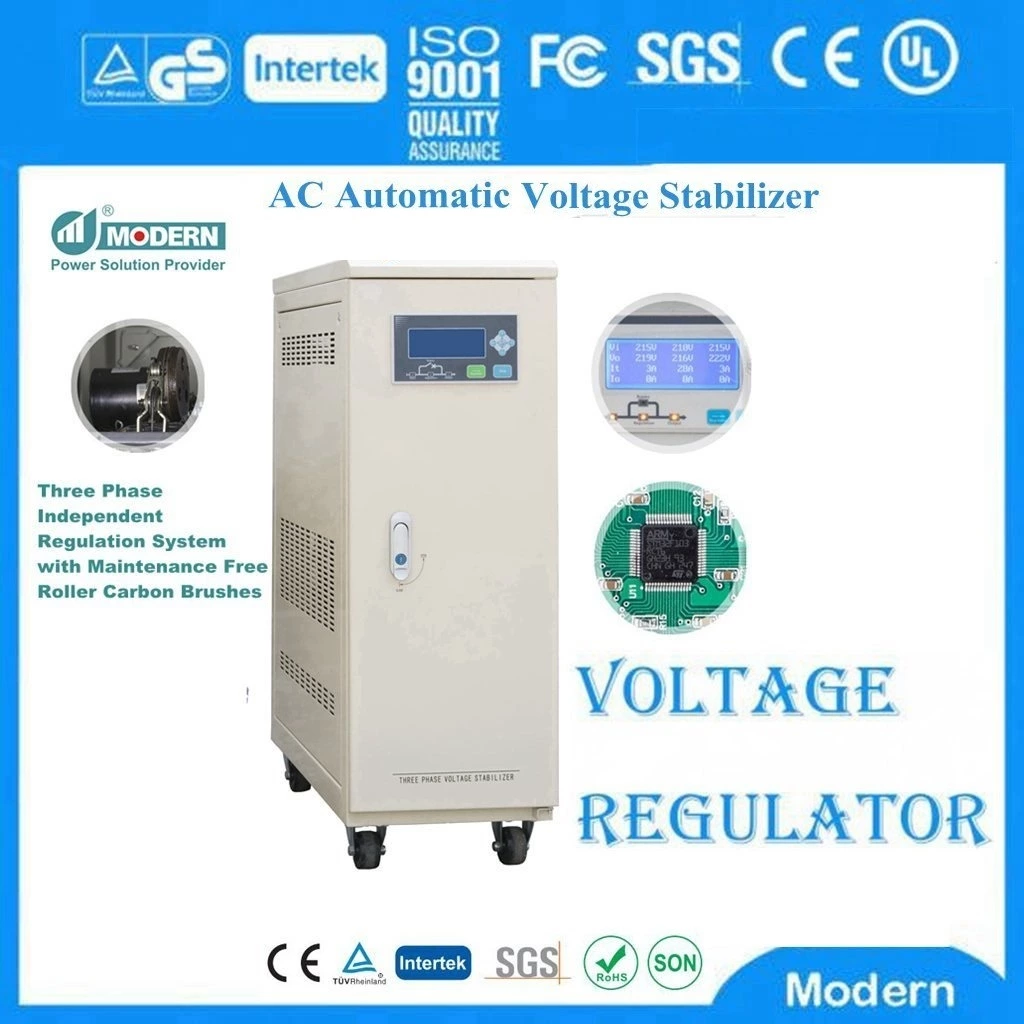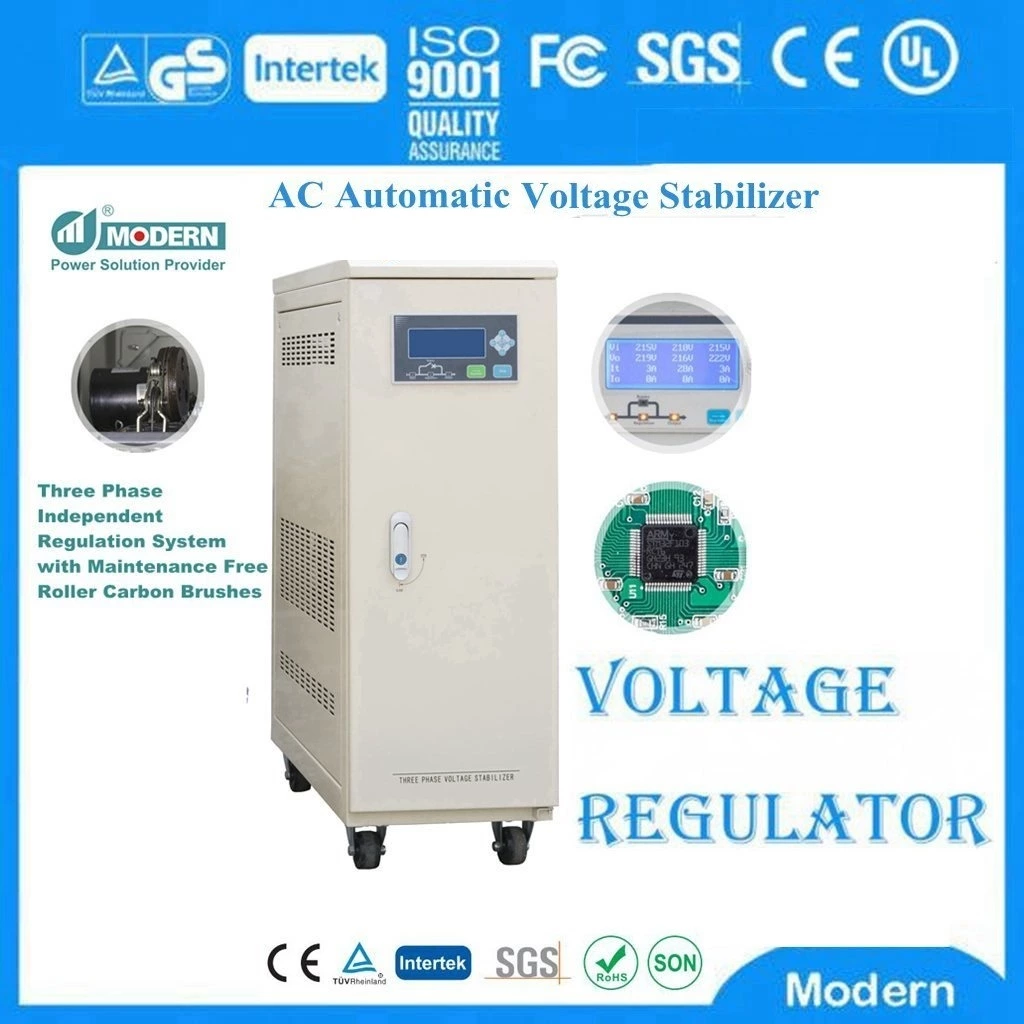The Difference Between Ac Reactor And Dc Reactor
The main difference between AC Reactors and DC reactors lies in their application scenarios, current types and specific functions.
Different application scenarios:
AC reactors are mainly used in AC circuits, including three-phase AC reactors and single-phase AC reactors.
DC reactors are used in DC system circuits and are only single-phase.
Different current types:
AC reactors process AC currents and are used to limit current shocks caused by operations such as sudden changes in grid voltage, smooth spike pulses in power supply voltage, etc.
DC reactors process DC currents, but their special feature is that they can limit the AC component superimposed on the DC current, keep the rectified current continuous, and reduce the current ripple value.
Different specific functions:
The main functions of AC reactors are to limit current shocks, smooth voltages, protect power components inside the inverter, improve power factor, and prevent grid interference and reduce harmonic current pollution to the grid.
The main function of the DC reactor is to limit the AC component superimposed on the DC current to a certain specified value, improve the input power factor, reduce and prevent damage to the rectifier bridge and overheating of the capacitor caused by the impact current, and suppress the harmonics generated by the converter.
In addition, there may be differences between the two in terms of installation location, cost performance, etc. For example, the amount of AC reactors dedicated to inverters is usually larger than that of DC reactors.
In summary, there are significant differences between AC reactors and DC reactors in many aspects. The choice of which reactor to use should be determined according to the specific application scenario and needs.
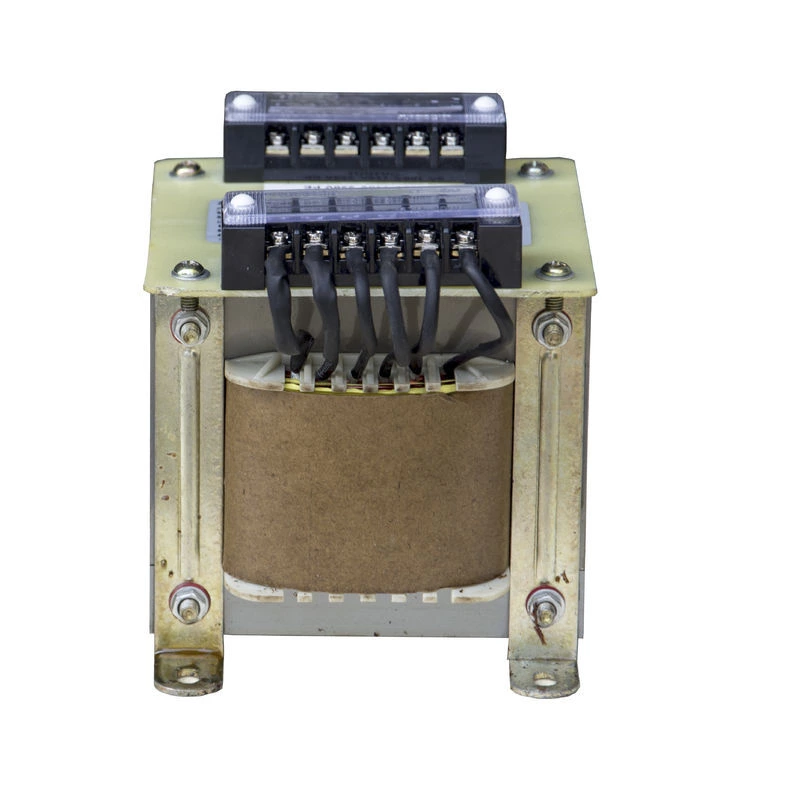
 Русский
Русский
 Français
Français
 Português
Português
 Español
Español
 اللغة العربية
اللغة العربية
